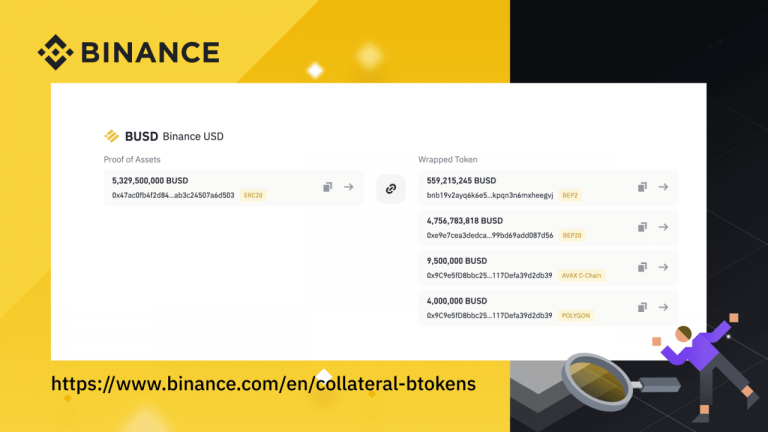Beginning with bitcoin mining algorithm, the narrative unfolds in a compelling and distinctive manner, drawing readers into a story that promises to be both engaging and uniquely memorable.
The process of bitcoin mining revolves around specialized algorithms that not only validate transactions but also secure the entire Bitcoin network. With the SHA-256 algorithm at its core, mining serves as a critical mechanism ensuring the integrity and security of blockchain technology, making it essential for both users and miners alike.
Overview of Bitcoin Mining Algorithms
Bitcoin mining algorithms are at the core of the Bitcoin network, serving as the mechanisms that validate transactions and secure the blockchain. These algorithms are responsible for solving complex mathematical problems, known as cryptographic puzzles, which require substantial computational power. The significance of these algorithms cannot be overstated, as they ensure the integrity and security of the Bitcoin ecosystem while facilitating the mining process that rewards participants with new bitcoins.Mining algorithms contribute to blockchain security by creating a decentralized network of miners who compete to solve these puzzles.
As a result, the likelihood of a single entity gaining control over the blockchain diminishes, thereby enhancing its security. A strong mining algorithm protects the network against attacks and ensures that transactions are processed fairly and transparently.
Types of Bitcoin Mining Algorithms
The primary algorithm used in Bitcoin mining is the SHA-256 algorithm, which stands for Secure Hash Algorithm 256-bit. This algorithm is favored for its balance of security and efficiency, making it suitable for the demands of Bitcoin mining. Miners use SHA-256 to generate a hash that must meet specific criteria, thus facilitating the addition of new blocks to the blockchain.In contrast to SHA-256, other cryptocurrencies often utilize different algorithms.
For example, Ethereum employs Ethash, while Litecoin uses Scrypt. Comparing these algorithms highlights several differences:
- SHA-256: Focused on security, but requires significant computational resources.
- Ethash: Designed to be memory-hard, making it resistant to ASIC mining, which encourages decentralization.
- Scrypt: Memory-intensive, allowing for the participation of consumer-grade hardware but can be less secure than SHA-256.
Each algorithm has its advantages and disadvantages, affecting mining efficiency, hardware requirements, and overall security.
How Mining Algorithms Work
The process of mining involves several steps that miners undertake to validate transactions. Initially, miners collect unconfirmed transactions from the Bitcoin network and compile them into a candidate block. The mining algorithm, SHA-256 in Bitcoin’s case, is then applied to this block, creating a hash. Miners continuously modify a value called a nonce within the block header to produce different hashes until one matches the target set by the network’s difficulty level.
This process is computationally intensive and requires considerable energy. Once a valid hash is found, the miner broadcasts the resulting block to the network, and if approved, it becomes part of the blockchain.
Interactions between miners and the blockchain occur through mining algorithms, which dictate how quickly miners can solve puzzles and add blocks. The competitive nature of mining incentivizes miners to invest in more powerful hardware, leading to rapid advancements in technology.
The Role of Mining Difficulty
Mining difficulty directly affects the performance of algorithms by determining how challenging it is to find a valid hash. The Bitcoin network adjusts this difficulty approximately every two weeks, ensuring that blocks are added to the blockchain roughly every ten minutes. This adjustment process is vital to maintaining the network’s stability and efficiency.As mining difficulty increases, it can impact miners’ profitability, as more time and resources are required to mine new blocks.
Miners must constantly evaluate whether their operational costs align with potential rewards, leading to strategic decisions regarding equipment upgrades or participation in mining pools.
Environmental Impact of Mining Algorithms
Bitcoin mining algorithms are notorious for their high energy consumption. The SHA-256 algorithm’s requirement for computational power translates to significant energy use, which raises concerns about the carbon footprint associated with mining activities. Comparatively, the energy consumption of Bitcoin mining can rival that of entire countries, leading to ongoing discussions about its sustainability.Efforts to reduce the environmental impacts of Bitcoin mining are gaining traction.
Strategies include transitioning to renewable energy sources, improving mining efficiency through better hardware, and implementing carbon offset initiatives. These strategies aim to minimize the ecological footprint while still allowing the benefits of Bitcoin mining to be realized.
Future of Bitcoin Mining Algorithms
The future of Bitcoin mining algorithms holds potential advancements that could reshape the landscape of cryptocurrency mining. Innovations in hardware and software could enhance the efficiency of mining operations, while new algorithms may emerge that could offer improved security and sustainability.Quantum computing poses a significant challenge to existing mining algorithms, including SHA-256. As this technology advances, the Bitcoin network may need to adapt its algorithms to remain secure against potential attacks.
Furthermore, trends such as the increasing popularity of proof-of-stake models could influence Bitcoin’s mining practices, leading to discussions about transitioning away from energy-intensive processes.
Conclusive Thoughts
In conclusion, understanding the intricacies of the bitcoin mining algorithm reveals its pivotal role in the cryptocurrency landscape. As technology evolves and new challenges arise, the future of mining algorithms promises to adapt, ensuring that Bitcoin remains a secure and viable option for digital transactions.
FAQ
What is the purpose of bitcoin mining algorithms?
The primary purpose of bitcoin mining algorithms is to validate transactions and secure the Bitcoin network by solving complex cryptographic puzzles.
How does mining difficulty impact miners?
Mining difficulty adjusts the complexity of puzzles that miners must solve, influencing their profitability and the overall security of the network.
Are there alternative mining algorithms?
Yes, other cryptocurrencies use different algorithms like Ethash for Ethereum, but SHA-256 remains unique to Bitcoin.
What are the environmental concerns of bitcoin mining?
Bitcoin mining consumes significant energy, raising concerns about its carbon footprint and environmental sustainability.
What’s the future outlook for bitcoin mining algorithms?
The future may see advancements like quantum computing, which could impact current mining techniques and strategies.

